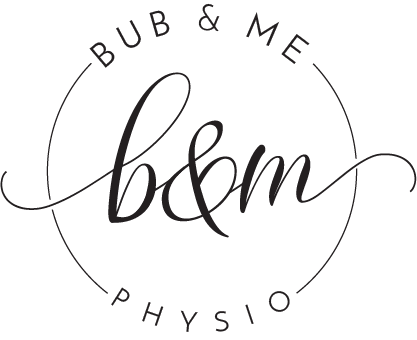Incontinence: common does not mean normal. What you can do to prevent and fix it.
Incontinence, whether that be urinary (from the bladder) or faecal (from the bowels) is a common symptom that many women are silently suffering from. And I don’t say suffer lightly. It’s embarrassing to say the least, and it stops you doing things you love.
In fact, it’s much more common than you might think. 1 in 3 women experience incontinence across their lifespan! This means that if you were to meet a couple of girlfriends on the weekend, one of you would have/ have had/ will have incontinence.
Given how effective treatment is, it is surprising that the statistics are still so high!
What is incontinence?
Incontinence is the involuntary loss of urine from the bladder or faeces from the bowel and can occur whether you have had children or not! Say that again!? Yes, you can experience incontinence even if you have not had children. This is because there are many risk factors for the development of incontinence and being pregnant and giving birth is only one of them.
Risk factors include:
Gender - women are more likely to experience incontinence
Age - the risk of incontinence increases the older you get
Being overweight
Having a chronic cough
Smoking
Other conditions such as diabetes or neurological
There are two types of urinary incontinence:
Stress urinary incontinence (SUI); and
Urge urinary incontinence (UUI)
Sometimes people can have both SUI and UUI, known as mixed incontinence.
SUI generally occurs when pressure is placed on the bladder and pelvic floor muscles, for example, during exercise or coughing/sneezing. If you leak during these activities, you are likely experiencing SUI.
UUI is characterised by leakage of urine when you experience an urge to empty your bladder and occurs due to the bladder muscle (Detrusor) contracting when it shouldn’t. This condition is also known as overactive bladder (OAB).
It is extremely important to see your women’s health physiotherapist if you are leaking so that they can determine the type of incontinence you are experiencing and treat appropriately.
Remember that:
Incontinence is not a normal result of pregnancy and childbirth. Although it is common, common does not mean normal.
There are many things we can do to resolve incontinence and most treatments are extremely successful.
No matter how old you are or what part of life’s journey you are on, women’s health physiotherapy can still help you!
Ready to improve your pelvic floor strength and co-ordination? Feel better in your body? Improve your mood? Get stronger? Avoid injury? Maybe even fix that leaking? Our Strong Mama programs are designed by physiotherapists and are able to guide you through your pregnancy and postnatal recovery.
How do you fix your SUI?
Strengthen your pelvic floor. For more detail on your pelvic floor to our blog on this topic. Strengthening the pelvic floor can help to increase support to the urethra and bladder. It is however, extremely important to have your pelvic floor assessed by a women’s health physiotherapist in order to ensure that you have the correct technique and are not causing your SUI to become worse.
Avoid unnecessary straining. Straining to empty the bowels places a lot of pressure on the pelvic floor and can leak to weakness, dysfunction and leakage. Place a stool underneath your feet when emptying your bowels, relax your abdomen and pelvic floor, breathe and don’t push! Go figure, we have a blog on this too!
Don’t go too hard too fast. When exercising during pregnancy or returning to exercise after having a baby, make sure you follow the advice of a women’s health physiotherapist to ensure you are not returning too quickly or doing exercises that place unnecessary pressure on your pelvic floor.
See a women’s health physio!
How do you resolve your UUI?
Don’t empty your bladder ‘just in case’.
Aim to empty your bladder every 2-3 hours or 4-6 times per day.
Employ deferral strategies if you are experiencing a sudden urge and know you have just been to the toilet. These may include wiggling your toes, distracting yourself or deep breathing.
See a women’s health physio!
If you are pregnant then we highly recommend reading our free e-book containing our top 5 tips for a smoother pregnancy, to improve your labour and to speed up your postnatal recovery.



